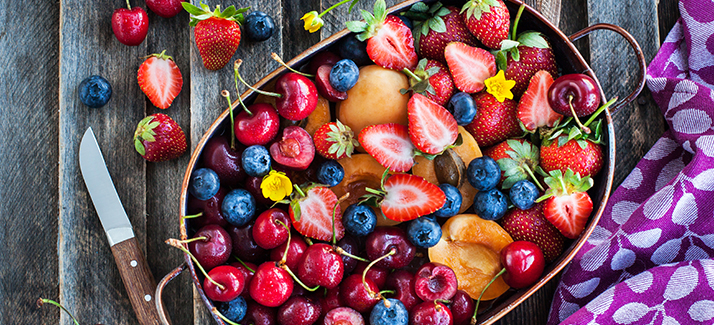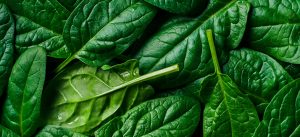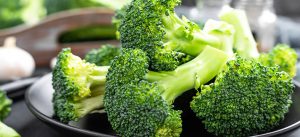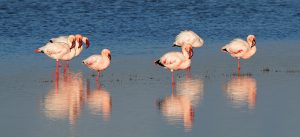Purple-coloured foods contain a certain antioxidant called anthocyanin. This is the beautiful plant pigments which give fruit and veg their deep red-orange, purple or blue-violet hues.
They are polyphenolic pigments that belong to the flavonoid group
Many purple foods contain anthocyanins a flavonoid with potent agents to protect DNA and genomic activity.
purple foods are ‘superfoods’
Which foods contain anthocyanins?
blueberries – Also source of vitamin C which protect cells and aids absorption of iron
blackcurrants
blackberries
cranberries
red currant
raspberry
cherries
Red grapes
Pomegranate – Also provides vitamins A, C and E, iron, and other antioxidants such as tannins.
Aubergine skin
Purple sweet potato
radish
red cabbage
Beetroot – vitamins and minerals, including folate, iron, manganese, potassium, and nitrate-rich
Beetroot’s purple colour comes from plant chemicals called betalains. Like anthocyanins, betalains have antioxidant and anti-inflammatory properties
Dried Berries and raisin have a higher content
Anthocyanins Flavonoid
Anthocyanins Research
What are anthocyanins and why are purple foods so healthy?
Anthocyanins and Human Health: An In Vitro Investigative Approach
Anthocyanins and anthocyanidins
Analysis of condensed tannins: a review
Blueberries
Blueberries: antioxidant powerhouse?
Cognitive effects following acute wild blueberry supplementation in 7- to 10-year-old children
Researchers At Tufts University Report Blueberries May Reverse Memory Loss
Pomegranate
Pomegranate: superfood or fad?
Beetroot
Acute effect of a high nitrate diet on brain perfusion in older adults.



